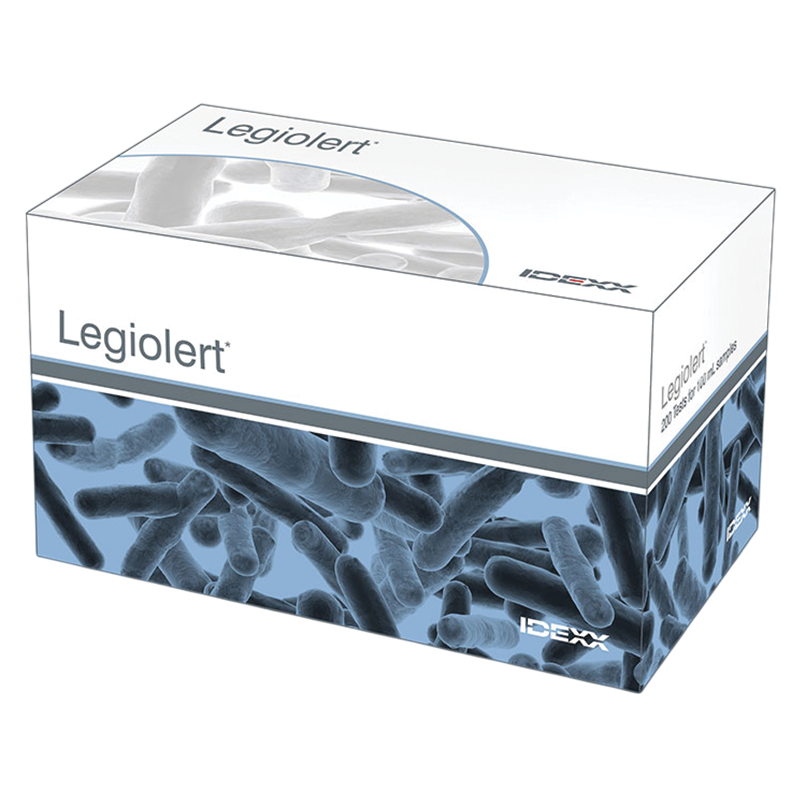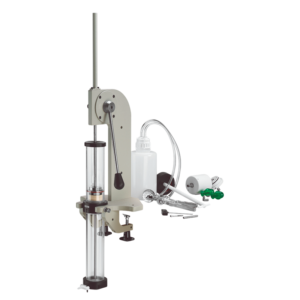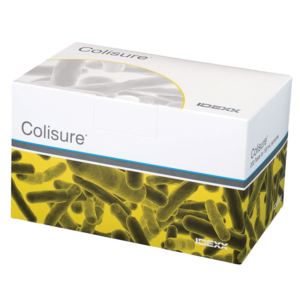
Legiolert
For detection of Legionella pneumophila
- Legionella test for all serotypes of Legionella pneumophila with equal or greater accuracy than traditional spread plate culture methods.1-12
- Significantly improves Legionella testing workflow, leading to higher productivity.
- Liquid culture test; isolates can be stored and/or serotyped.
- Reports in MPN, equivalent to CFU per ISO 6107:2021.
- Published by ASTM International as Standard D8429-21.
- Received NF Validation by AFNOR Certification, reference number IDX 33/06-06/19.
Easy
- Improved Legionella testing workflow for increased laboratory profitability.
- Less than 5 minutes of hands-on time compared to 10-40 minutes required for traditional spread plate methods.13
- Objective and easy-to-read results.
- No confirmation step required.
Accurate
- More resistant to competing non-Legionella organisms than traditional spread plate methods.1,2,7-9
- Demonstrated to be as or more sensitive than traditional spread plate methods in several independent, peer-reviewed studies. 1-4,6-12
- Highly specific for all serotypes of Legionella pneumophila, confirmed in several peer-reviewed studies.1-3,8-10,12
Accepted
- Used by public, utility, and private laboratories around the world.
- Published by ASTM International as Standard D8429-21.
- Received NF Validation by AFNOR Certification, reference number IDX 33/06-06/19.
- Listed as bacterial enzyme culture method in ASHRAE Guideline 12.
- Included in the UK Standing Committee of Analysts’ Blue Book.





